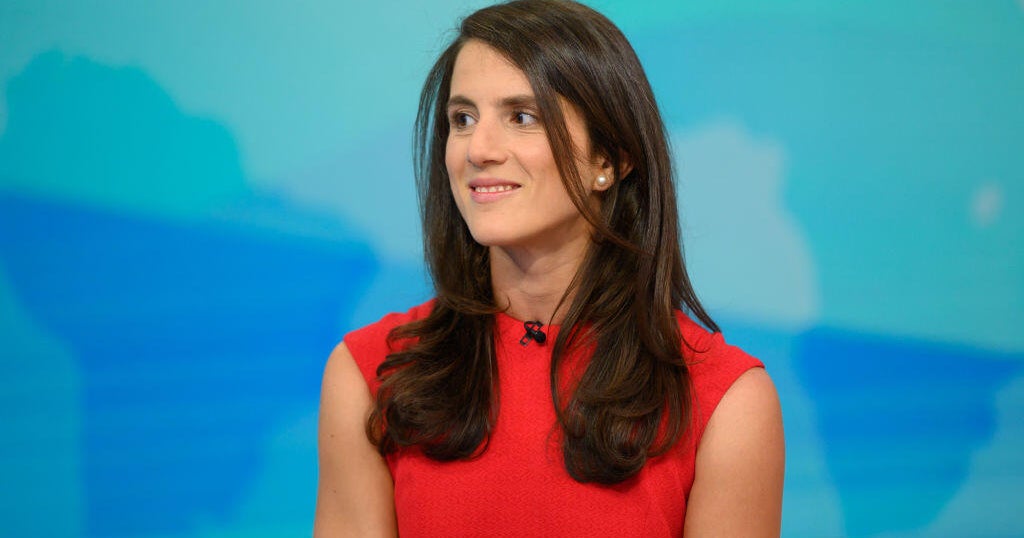Despite widespread reports of a humanitarian crisis in Gaza going back months, it took the shocking images that have recently emerged for the world to take notice – and that’s no surprise to veteran photographer Steve McCurry.

American photographer Steve McCurry.Credit: Marco Casino
“As someone who has spent much of my life documenting the human condition, I’ve seen first-hand the impact that a single image can make in awakening the world’s conscience,” he says.
“I believe these images resonated with so many people across the globe because they remind us of our shared humanity. We are always saturated with information and a photograph, by capturing a moment, it’s something hard to scroll past or ignore. It’s right there, visible to all, and impossible to unsee.”
Loading
He says a great picture stays with you – something McCurry knows a lot about, after five decades as a photographer.
Speaking from Japan ahead of exhibitions of his work in Melbourne and Sydney, McCurry says he is still obsessed with taking pictures. He says becoming an expert in photography is akin to mastering an instrument.
“Picking up a violin doesn’t necessarily make you a concert violinist. Learn the basics and practise,” he says. “And look at pictures – look at a lot of photographs.”

Children dragging a boat to safety before the monsoon in the Northern Territory, 1984.Credit: Steve McCurry
His most famous shot, of Afghan refugee Sharbat Gula – known at the time as “Afghan girl” – focused the world on what was happening in Afghanistan after Russia’s 1979 invasion.
In 1984, McCurry documented people living in the Nasir Bagh refugee camp; the image of Gula was subsequently published on the cover of National Geographic.
“Afghans were desperate to have their stories told because they were being overwhelmed by the Russians and were desperate to get their story out,” he says.

Al Ahmadi, Kuwait, 1991.Credit: Steve McCurry
Two decades later, in 2002, he pictured her again. “We were all curious about who she was and what happened to her. And then, of course, once we found her, we tried to help her every way we could. That was a long saga.”
Asked about the ethics of photography, McCurry suggests it comes down to whether you care about the world.
“If the answer is yes, then how the hell did you learn about that? Did you rely on your government to learn that? Probably not – there was probably some journalist who put their ass on the line.

Sharbat Gula in the famous Steve McCurry photograph.Credit: Steve McCurry
“Everyone needs to respect each other – I think that starts and ends the conversation. If you point your camera up someone’s nose and it pisses them off, that’s probably not a good start.”
Despite the challenges, the 75-year-old says he never feels like giving up, “never for even a nanosecond”.
“I love it too much. It would be like saying to your partner or your best friend: ‘Ever thought about breaking up?’”
In Conversation: A Photographic Dialogue Between Steve McCurry and Jessie Brinkman Evans is at Leica Gallery Melbourne, 267 Little Collins St, from August 1; and Leica Gallery Sydney, level 2, QVB, 455 George St, from August 9.
Loading
Most Viewed in Culture
Loading


















































